Time is money, especially if you’re a parent or high school student trying to decide which college or university will give you the best return on investment over a lifetime of working. Georgetown University's 2020 annual study of colleges and universities with the highest ROI 40 years after enrollment can help.
Last year, Georgetown examined 4,500 colleges and universities nationwide. To calculate ROI, Georgetown used the net present value (NPV) beginning at age 20—the average age of student enrollment at most liberal arts colleges—up to age 60. The NPV metric used in the study represents how much a sum of money in the future is valued today, and includes costs, future earnings and the length of time it would take to invest and earn a certain amount of money over a 40-year fixed horizon.
High school graduates who may have believed a liberal arts degree was not as valuable as a degree in nursing or engineering might be surprised by Georgetown’s findings.
The median ROI of a liberal arts college degree 40 years after enrollment is $918,000. That's about 25% higher than the median ROI of $723,000 for all colleges and universities examined in the study. That $918,000 figure is also close to the 40-year ROI of four-year engineering and technology-related schools ($917,999) and four-year business and management schools ($913,000).
The liberal arts colleges with the best long-term net economic gains are all four-year institutions. Eight of the 10 are private nonprofit institutions and two are maritime academies.
Here, in ascending order, are Georgetown University’s top 10 colleges and universities with the highest ROI 40 years after enrollment.
10. United States Merchant Marine Academy (USMMA)
Uncle Sam subsidizes the cost of an education at the U.S. Merchant Marine Academy in Kings Point, N.Y. Midshipmen receive free tuition, room and board, uniforms and textbooks. With a graduation rate of 78% and a median student debt of $6,500, USMMA graduates who earn a bachelor's degree can look forward to a ROI of $1,949,000 forty years after enrollment.
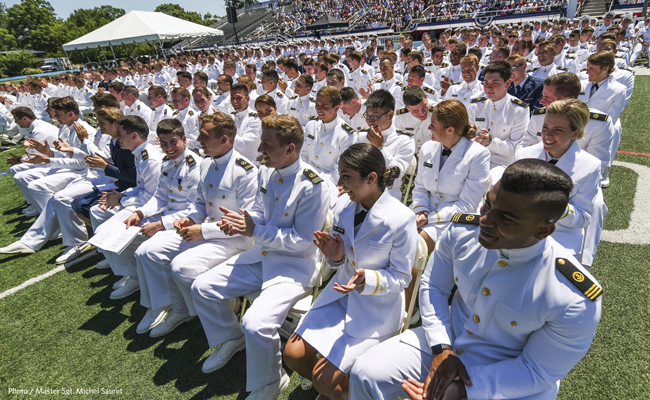
9. Georgetown University
Founded in 1789, Georgetown University in Washington, D.C., is one of the most selective schools in the country. Last year, just 14% of applicants earned a place in the class of 2023, ivywise.com says. With a graduation rate of 94% and a median student debt of $14,750, Georgetown graduates who earn a bachelor's degree can potentially have a ROI of $1,950,000 forty years after enrollment.
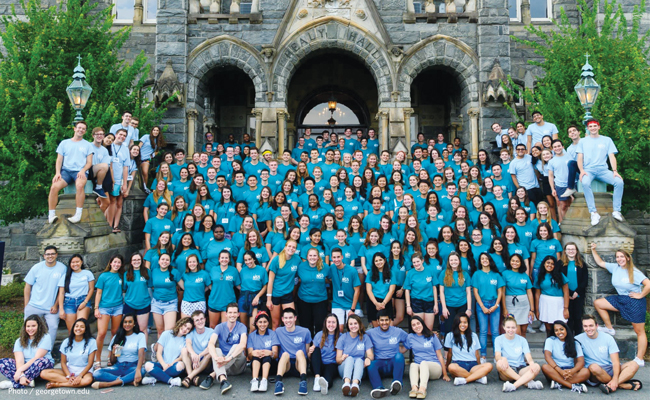
8. Harvard University
Harvard University, established in 1636, is a private Ivy League research university in Cambridge, Mass. Last year, Quartz reported that Harvard accepted just 4.5% of applicants. Harvard's graduation rate is 97% and the median student debt of $7,000. The expected 40-year ROI for a graduate with a bachelor's degree is $1,967,000.
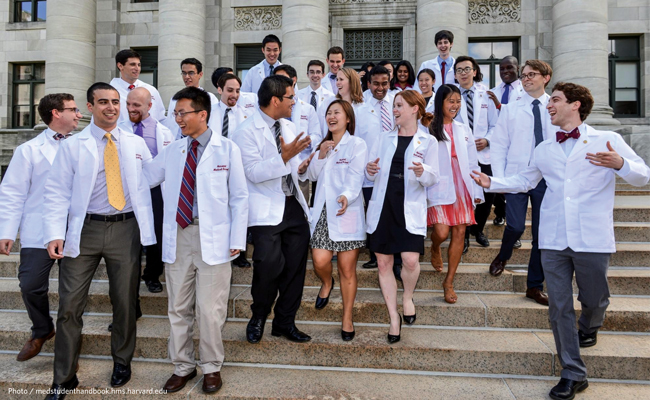
7. Babson College
Now co-educational, Babson College was established in 1919 as a male-only, private business school in Wellesley, Mass., specializing in an entrepreneurial education. The graduation rate is 91% and the median student debt of $24,875, and graduates with a bachelor's degree can have a ROI of $1,985,000.
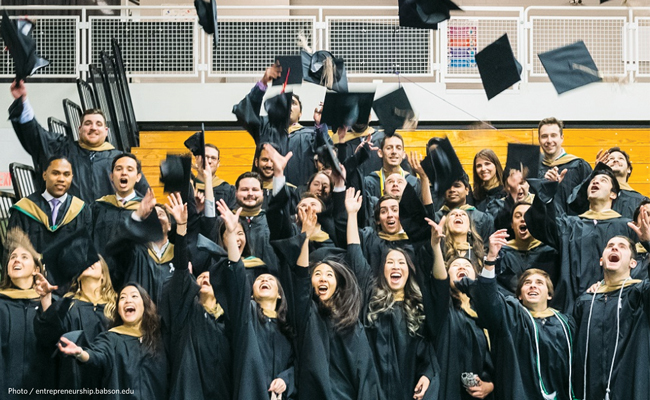
6. Maine Maritime Academy
The Maine Maritime Academy (MMA) is a state school established in the coastal town of Castine in 1941. It is one of only six non-federal, maritime training colleges in the country. The graduation rate is 66%, the median student debt is $27,000 and the expected ROI is $2,043,000.
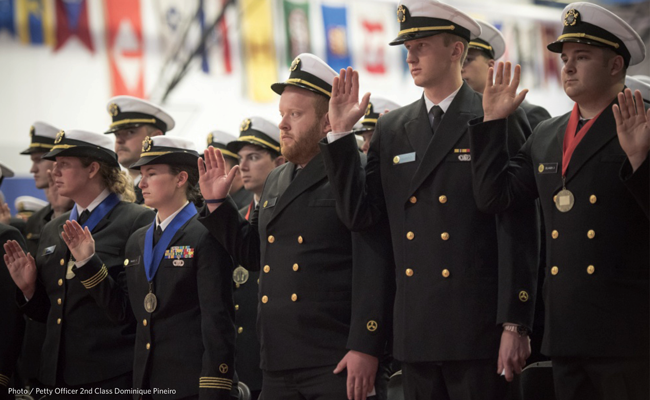
5. Stanford University
Stanford University is located in the heart of Silicon Valley and has been an incubator for some of the most important companies in the technology sector. It's also one of the most selective schools in the country. With a graduation rate of 94% and a median student debt of $10,874, Stanford graduates can potentially have a ROI of $2,068,000.
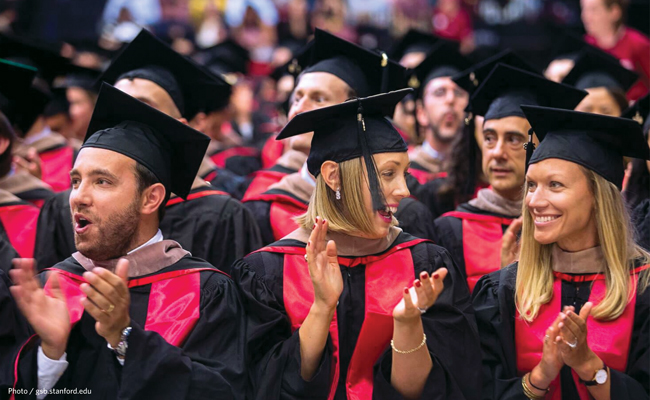
4. Massachusetts Institute of Technology (MIT)
Founded in 1861, MIT is a highly-selective, private research university in Cambridge, Mass. Last year, the school admitted less than 7% of applicants, according to toptieradmissions.com. The graduation rate is 93% and the median student debt is $15,346, and MIT graduates can anticipate a ROI of $2,273,000.
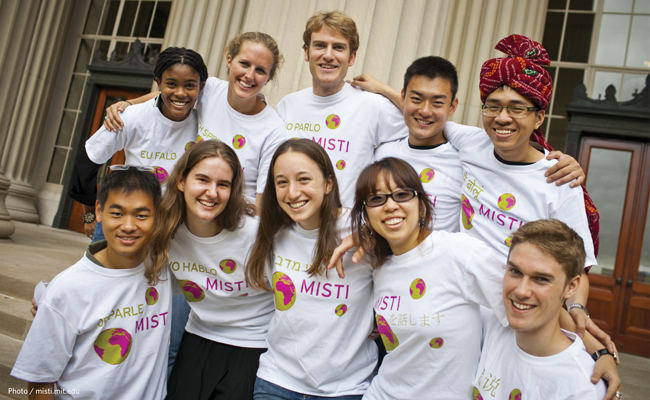
3. Massachusetts College of Pharmacy and Health Sciences (MCPHS)
Founded in 1823, MCPHS is a private university in Boston that prepares graduates for a career in medicine and health-related science. The graduation rate is 76%, the median student debt of $25,000 and MCPHS graduates are potentially in line for a ROI of $2,421,000.
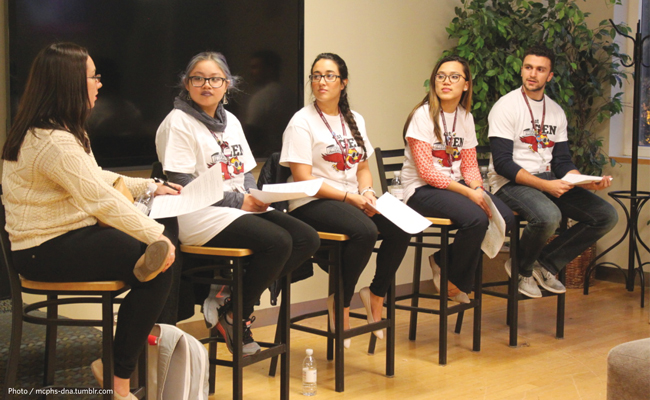
2. St. Louis College of Pharmacy (SLCP)
The St. Louis College of Pharmacy, founded in 1864, is the oldest college of pharmacy west of the Mississippi River. The graduation rate is 72%, the median student debt is $19,500 and the projected ROI is $2,714,000.
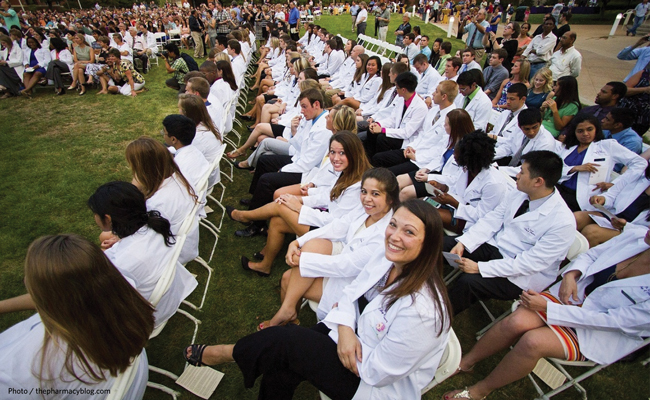
1. Albany College of Pharmacy and Health Sciences (ACPHS)
ACPHS, a private, independent college with campuses in Albany, N.Y., and Colchester, Vt., specializes in human health studies. With a graduation rate of 74% and a median student debt of $25,000, ACPHS graduates could eventually realize a ROI of $2,722,000 forty years after enrollment.